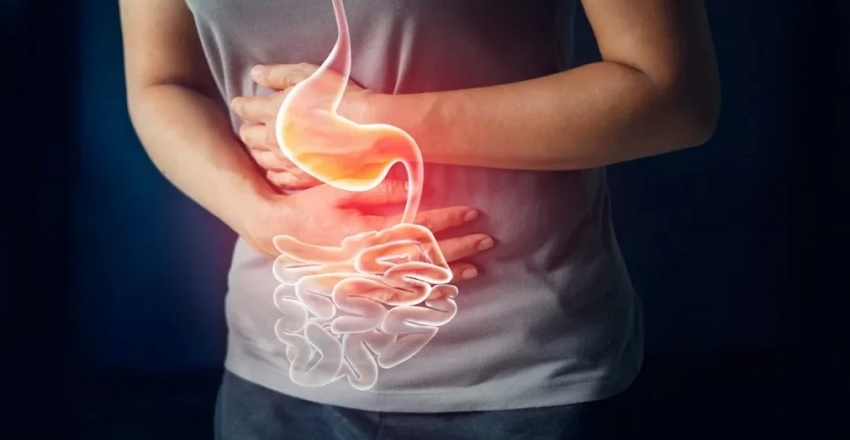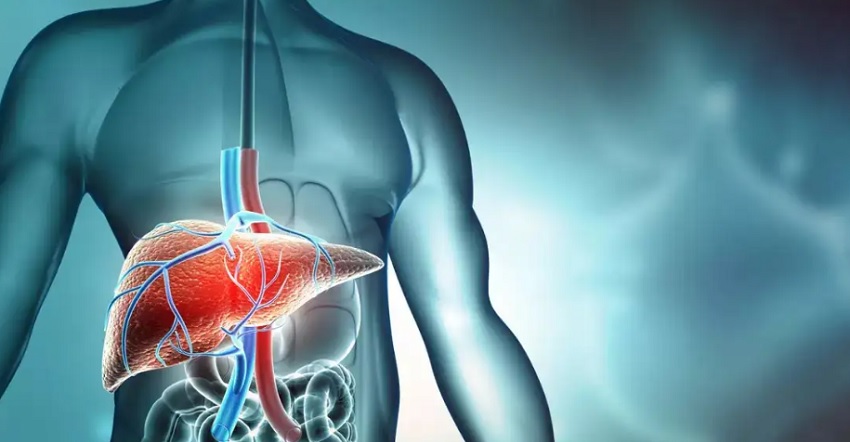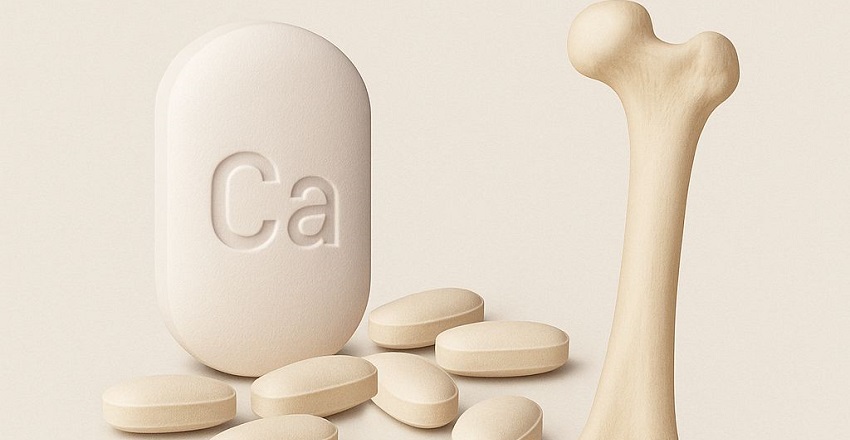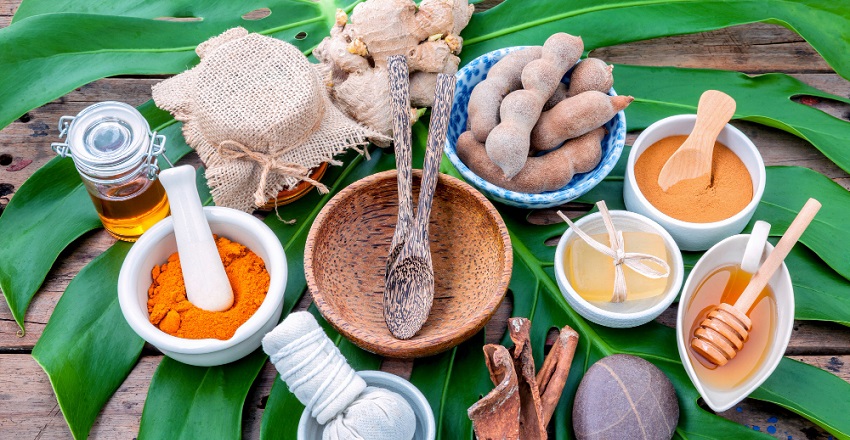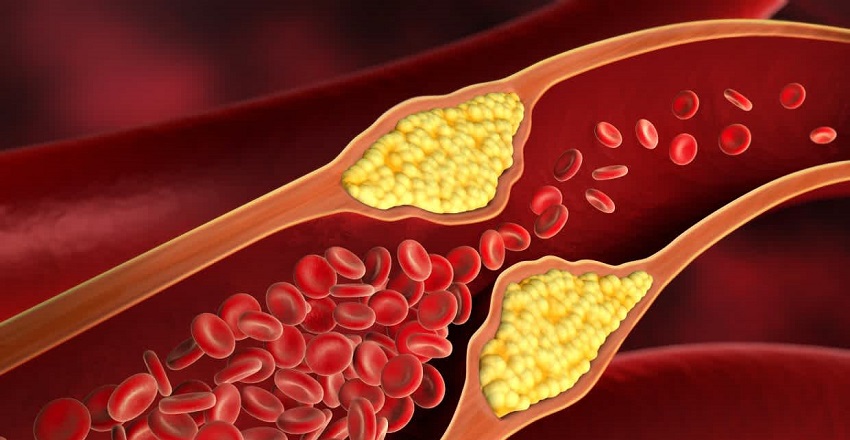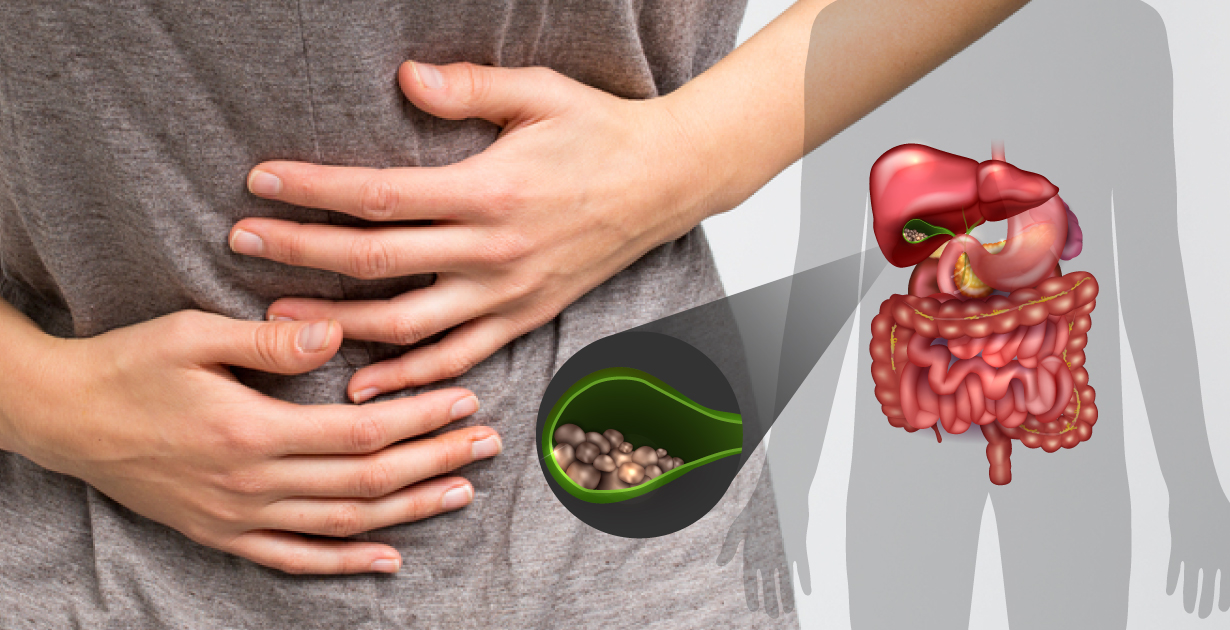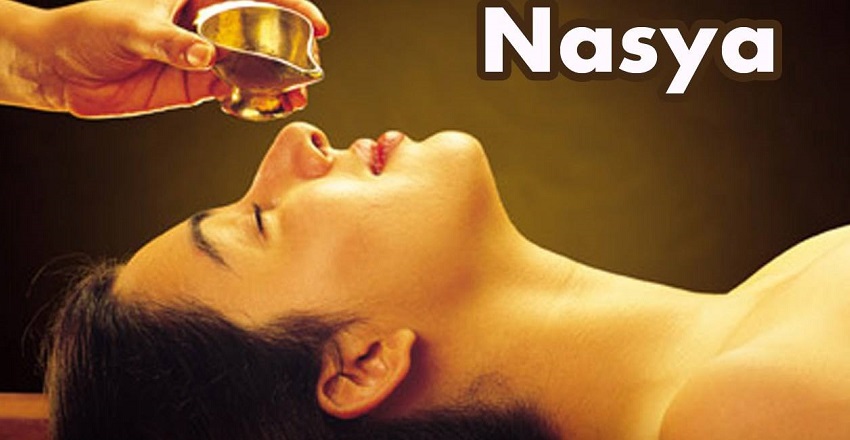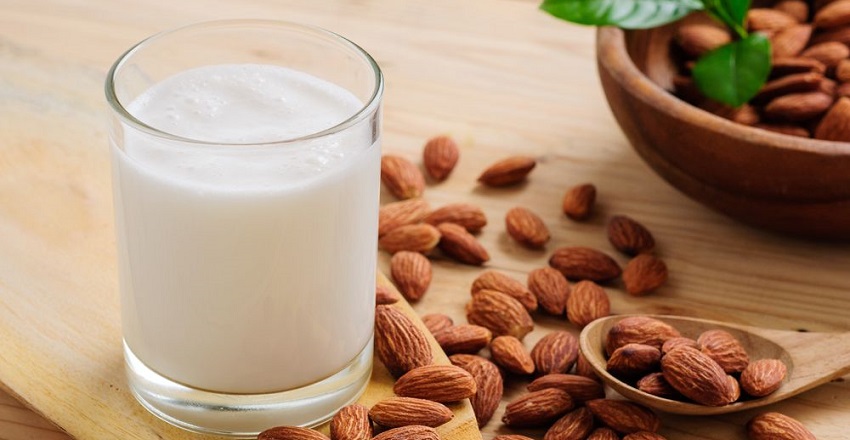The arrival of rain brings cool breezes, earthy aromas, and a certain romantic stillness to the world. But inside our bodies, a very different storm brews—one of sluggish digestion, bloating, and low energy. This is the season of Manda Agni, or low digestive fire, and Ayurveda has long warned about its impact during monsoons. What is Manda Agni In Ayurveda, Agni is the digestive fire that governs not only food metabolism but also clarity of thought, immunity, and vitality. When this fire becomes manda (dull or weak), digestion slows, toxins (ama) accumulate, and the body begins to feel heavier and less efficient. Why Digestion Becomes Weak in Rainy Season Monsoon is a Kapha-Vata dominated season. The air is moist and heavy, the sun is hidden, and the external dampness creeps into our internal systems too. This naturally suppresses Agni and disrupts the rhythm of digestion. Common causes of Manda Agni during monsoon: How It Shows Up in Your Body Ayurvedic… Continue reading Manda Agni During Monsoons: Why You Feel Heavy & What Ayurveda Says



